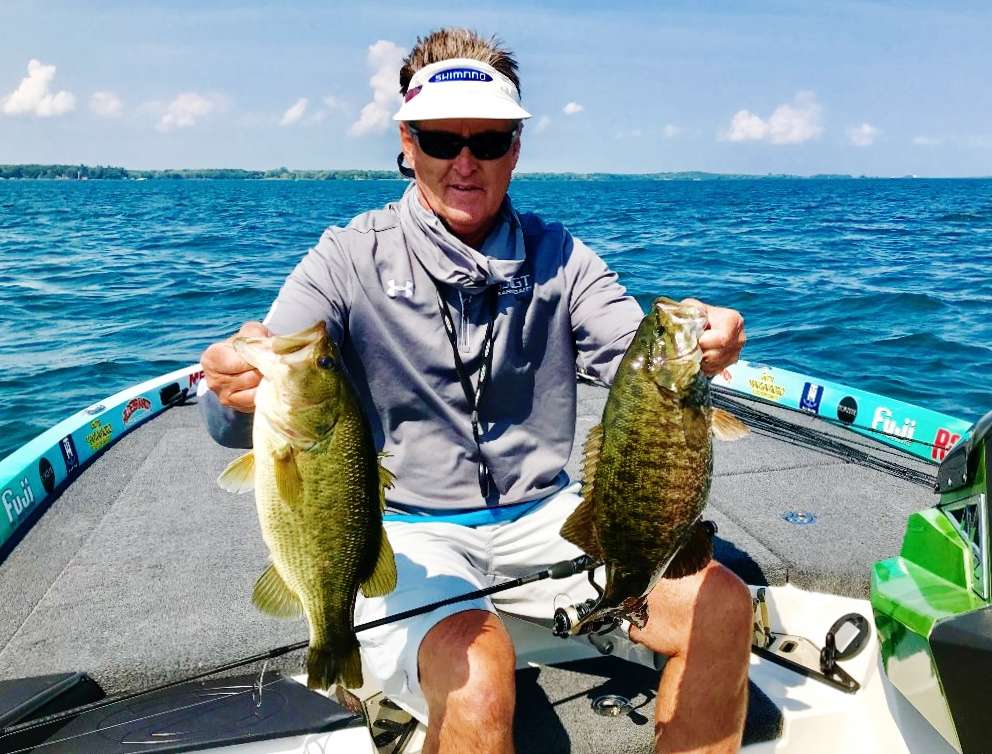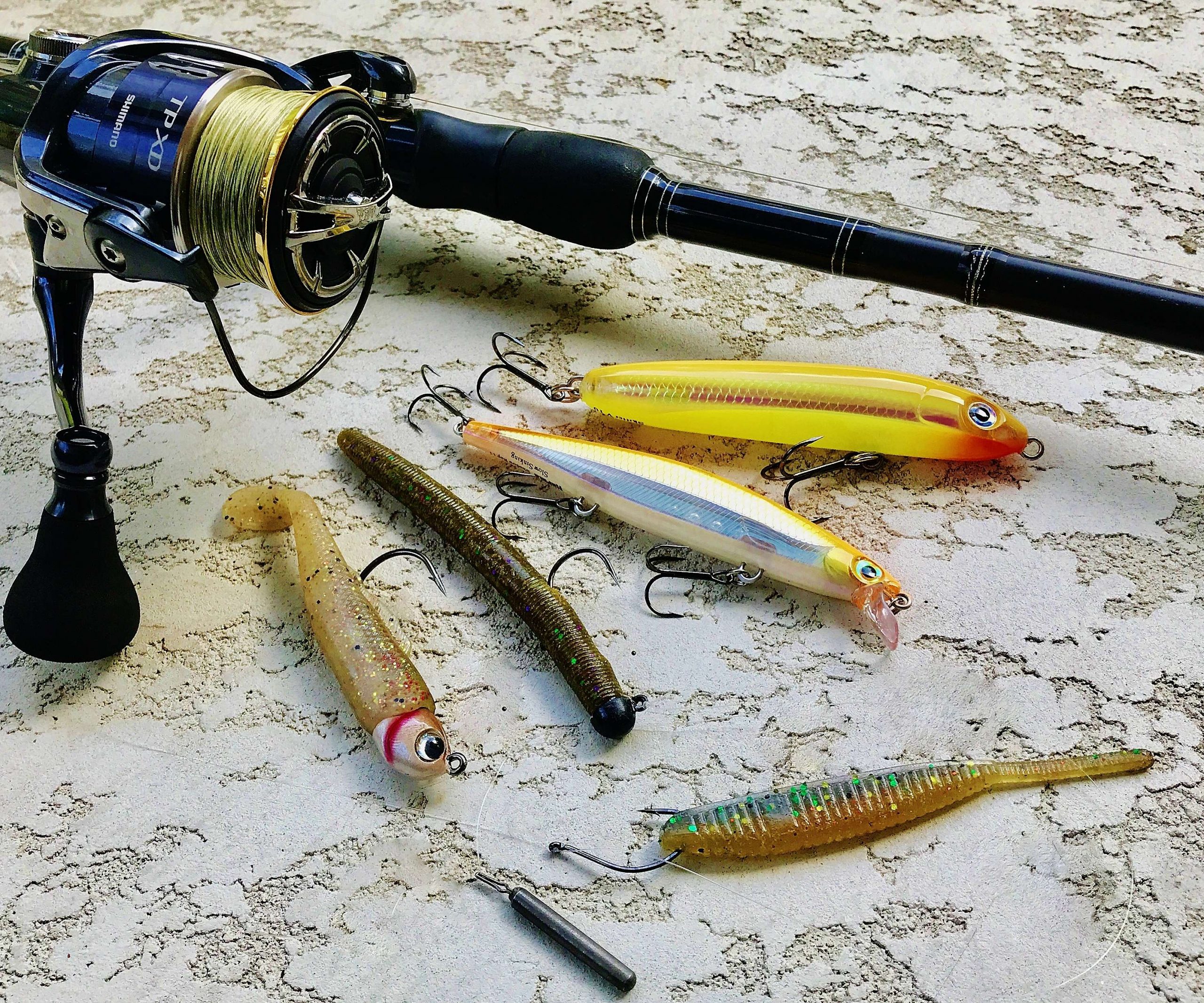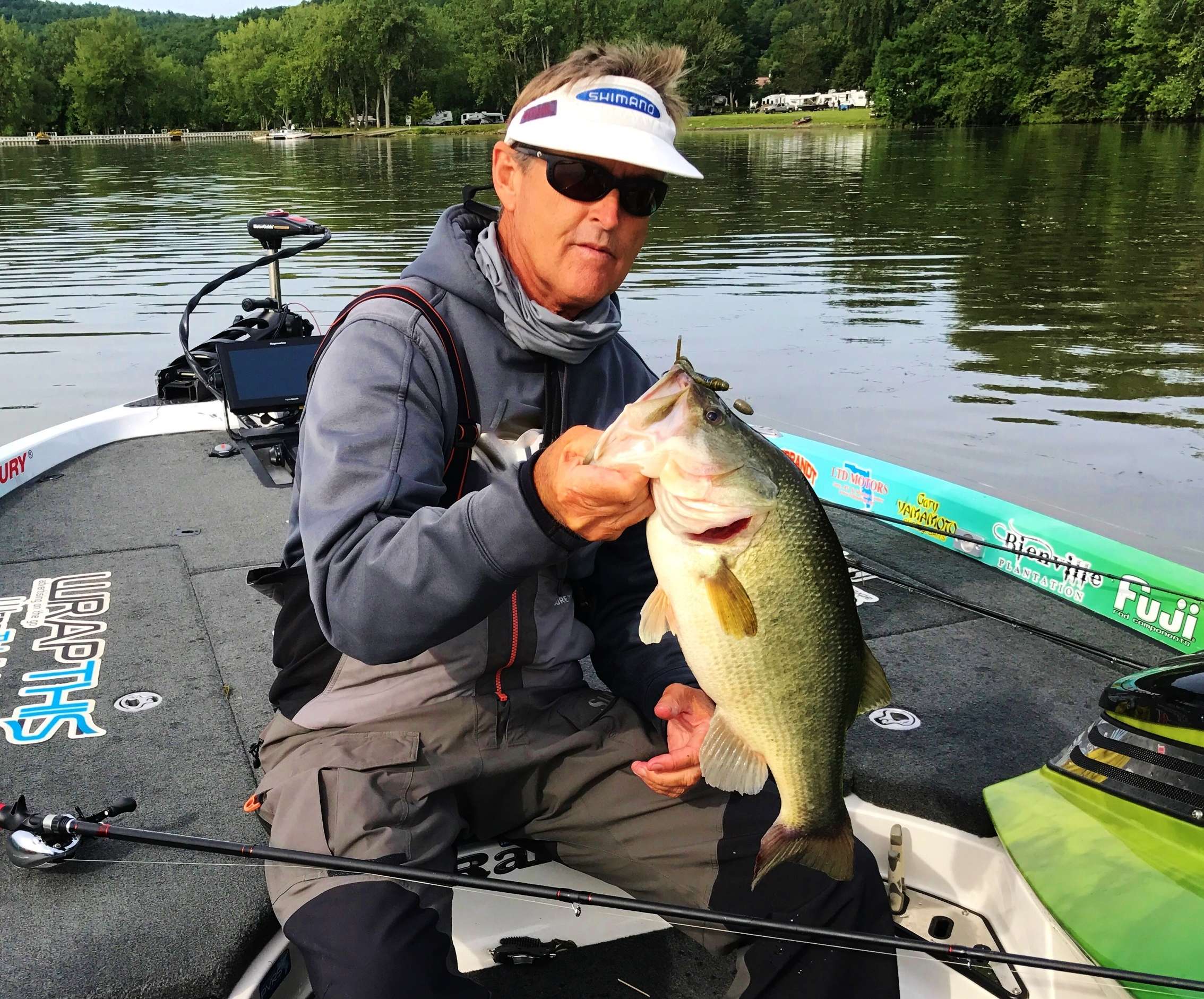
Soon, the Bassmaster Elite Series will head north to the St. Lawrence River. Immediately after, we will compete on Cayuga — the largest of the Finger Lakes.
Both fisheries are full of quality smallmouth and largemouth, so I’m looking forward to the trip.
It’s important that I do well in both of these events. I’m currently on the bubble for the Toyota Bassmaster Angler of the Year (AOY) Championship, and I desperately want to qualify.
Like the St. Lawrence, the AOY Championship will be contested on the Canadian border — on Lake St. Clair near Detroit. If I do well there, who knows? I may make it all the way to the Bassmaster Classic.
Although each of these northern fisheries are quite different, how we will approach them is likely to be similar. You can expect a mix of finesse and power techniques to prevail. Everything from topwaters to bottom-probing baits could factor for both species, and figuring out which are best will only add to the challenge.
Northern exposure
I’m often asked why I do well on northern waters, particularly those along the Canadian border. Having been born and raised in Florida, it’s a fair question.
The truth is, I’m not sure why I excel on northern waters — especially those with big smallmouth. We don’t have brown fish where I’m from, so I didn’t receive any kind of training for them as a youth. That didn’t come until I was well into my 20s.
And it’s not because my grandmother was Canadian. She was, but I don’t remember ever visiting her homeland. She was born in Quebec, just across the river from Ottawa, but having that lineage didn’t make me a better smallmouth fisherman … or at least I don’t think it did.
So, as to the question of why I perform well up north, the only answer I can offer is that I like it up there. And when you really like something, you’re probably going to work harder at it. At least that’s been my experience.
Making waves
To do well in these events, I’ll have to fish clean and smart. I’ll need to figure out the right patterns for catching the better quality fish, regardless of the conditions.

I can guarantee you, every day at each of these tour stops, big stringers will cross the stage. So it’s imperative that I remain consistent.
Whatever I accomplished in the past means little now. I’ll have to treat each venue as though I’m starting from scratch, with an open mind. And I’m up for that.
Key patterns
Like I said, discerning the best techniques and locations is crucial, and that will depend on which species I’m targeting.
If the wind blows — which it often does — swimbaits, spinnerbaits and jerkbaits could factor for the smallies. If not, drop shots, spybaits and tube jigs will likely be the better choices. For the largemouth, frogging and flipping should play … maybe even some dock fishing.
I’m hearing reports of super high water levels, so that will certainly impact the best patterns and locations in which to apply them. High water usually translates to high current flow, especially on the rivers flowing in and out of the Great Lakes. Therefore, what I know about these bodies of water could be vastly different this time around.
So, regardless of my Canadian blood or the many years I’ve spent on these waters, it will all come down to finding the right fish and capitalizing on each opportunity.
I’m looking forward to the challenge … hoping my strengths will help me reach the goals I’ve set for myself. Stay tuned!
Follow Bernie Schultz on Facebook or through his website.


